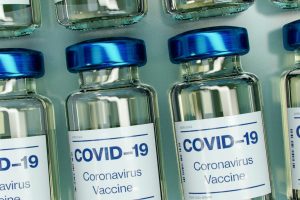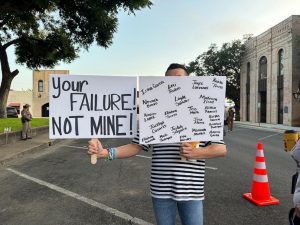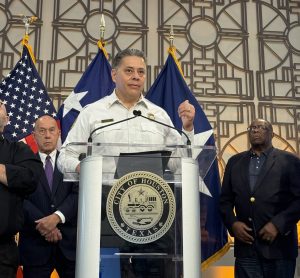
Coronavirus vaccines will soon be headed this way, but unfortunately, there won’t be enough to go around at first. There are over 330 million people in the US, but Pfizer, whose vaccine is expected to be the first to receive Food and Drug Administration authorization in the coming weeks, says it expects to produce enough to vaccinate about 12.5 million Americans by the end of 2020, or about 3.7% of the US population.
Other vaccines, like the one from Moderna that uses similar technology to Pfizer’s, may be authorized in the next few weeks or months as well, which will add to the overall stockpile. Regardless, most people in the US will have to wait several months at least before those who want a vaccine might be able to get one, and it could take years to vaccinate everyone in the world.
The question then becomes, who will get those first doses of vaccines and how long will you yourself have to wait to get vaccinated? So far, there are no definitive answers. A lot depends on who needs immunization against COVID-19 the most — older adults, those with underlying conditions and so on. But another factor will be how the different vaccines themselves actually work. For example, some single-dose vaccines might better serve one group, like rural populations. Other groups — city-dwellers, say — might be equally well-protected by vaccines that require subsequent “booster” doses.
We won’t know for certain who will be first in line to get a coronavirus vaccine until one or more are approved, but we can look at available information to get an idea. Many of the agencies involved in creating and implementing those guidelines have already begun explaining how they plan to make those decisions when the time comes.
We dug through reports from agencies such as the US Centers for Disease Control and Prevention to piece together a rough outline of who the experts expect will be the first groups to get COVID-19 vaccinations and why. This article is updated periodically and is intended to be a general overview and not a source of medical advice. If you’re seeking more information about coronavirus testing, here’s how to find a testing site near you.
When will the first COVID-19 vaccines arrive? Will there be more than one?
Short answer: The first vaccine is expected soon and it looks like there will be more than one safe, effective type. Pfizer, which says its vaccine candidate is 95% effective at preventing coronavirus infections, is expected to be the first COVID-19 vaccine to receive Food and Drug Administration authorization in the coming weeks and to start delivering doses before year’s end.
Moderna isn’t far behind and is expected to release efficacy results in the coming days. It could have FDA authorization by December. Vaccines from AstraZeneca and Johnson & Johnson are wrapping up late-stage trials, while a fifth manufacturer, Novavax, is set to begin the final trial for its vaccine sometime later this month.
The general consensus has been — and continues to be — that the first COVID-19 vaccines will probably be approved in the US soon, but won’t reach widespread distribution until closer toward the end of 2021. Until then, supplies are expected to be limited, which is partially why we will need multiple vaccines to treat as many people as possible.
How soon after approval will inoculations start?
“[The government] has plans to distribute vaccines within 24 hours after the ACIP gives its final approval,” Paul Mango, a Health and Human Services official, told reporters in October, referring to the CDC’s Advisory Committee on Immunization Practices, which is the group that officially sets national guidelines for who should get vaccines once they’ve been authorized by the FDA.
Who will get the coronavirus vaccine first?
Bill Gruber, Pfizer’s senior vice president of vaccine clinical research and development, told Scientific American that Pfizer’s vaccine is on track to be distributed to health care workers on the front lines as well as people at high risk of severe disease as soon as the drug is authorized, probably around mid-December.
Here’s who the CDC identified as the top four priority groups to receive the first COVID-19 doses.
Health care workers: Vaccinating roughly 20 million US doctors, nurses, lab technicians and other health care providers helps protect both the country’s front-line COVID-19 responders and the patients they care for.
Essential workers: Approximately 87 million US workers provide the basic goods and services we need to survive. Most can’t work from home and many jobs require interacting with the public, so guarding against COVID-19 among this population would have a ripple effect across the whole country while also reducing critical service interruptions.
People with underlying medical conditions: Specifically, the 100 million or so people with conditions putting them at high risk for illness or death from COVID-19. Any disease affecting the lungs, but also anything that could compromise a person’s immune system, like cancer or HIV.
Older adults: Risk of severe complications from COVID-19 increases with age. The CDC’s ACIP recommends the approximately 53 million US adults age 65 and over be among the first to get vaccinated.
What if I’m not in one of those groups?
The reality is that you may just have to wait. The top infectious disease expert in the US, Dr. Anthony Fauci, told Good Morning America in November that he expects “the ordinary citizen” should be able to get a vaccine by April, May or June 2021.










